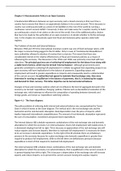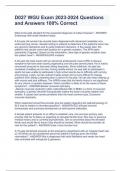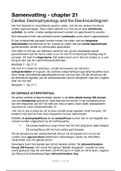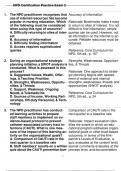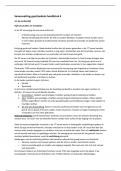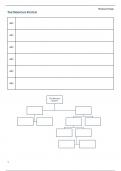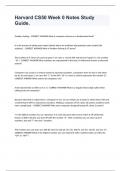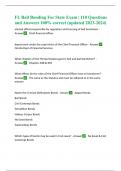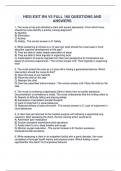Samenvatting
Summary International Money and Finance. Chapter 4 and 6.
- Instelling
- Universiteit Van Amsterdam (UvA)
Summary of week 2 of the course International Money and Finance. Including chapter 4 and 6 of the book International Finance by Keith Pilbeam and Franc Klaassen.
[Meer zien]
